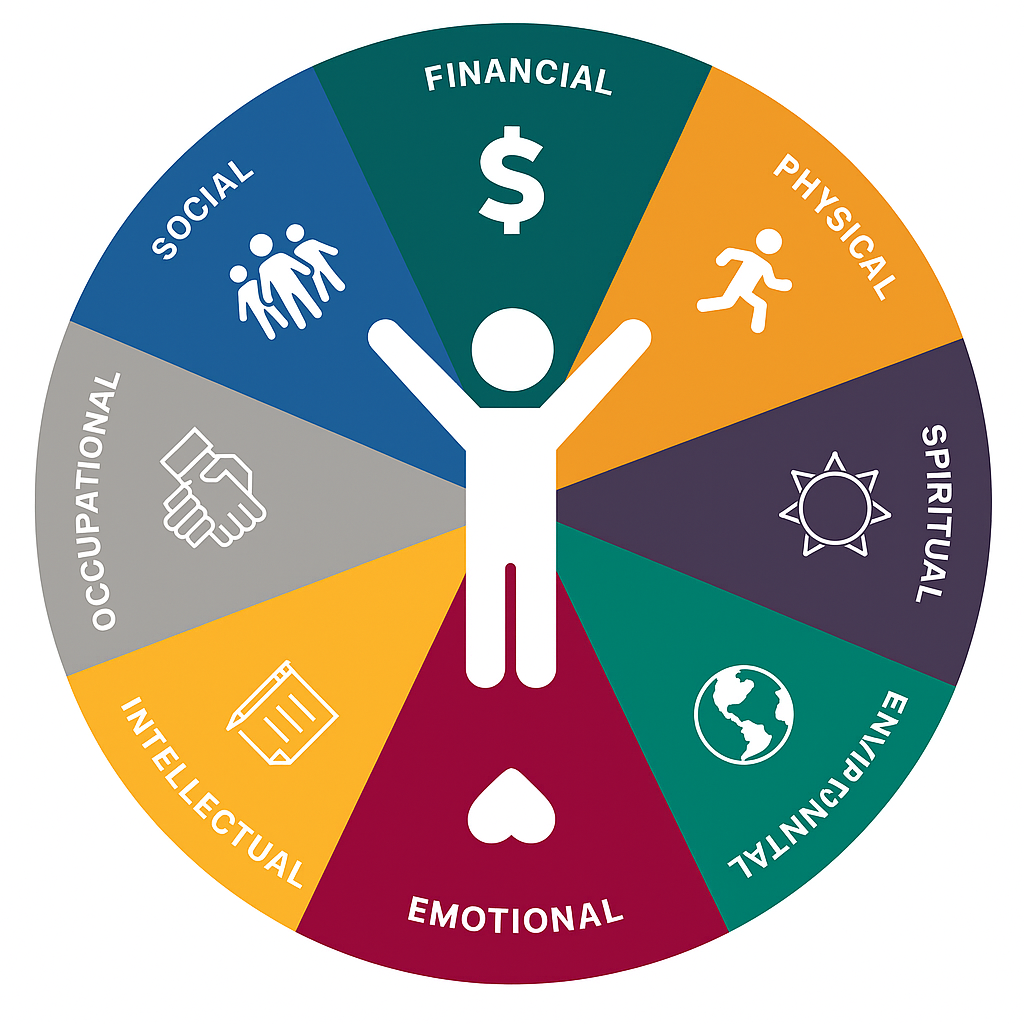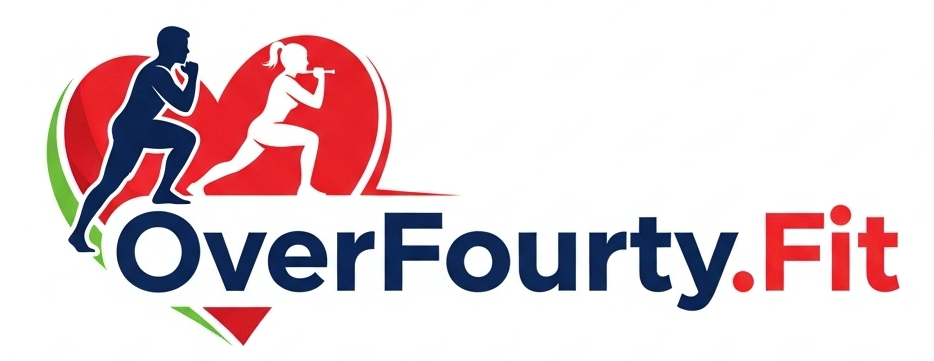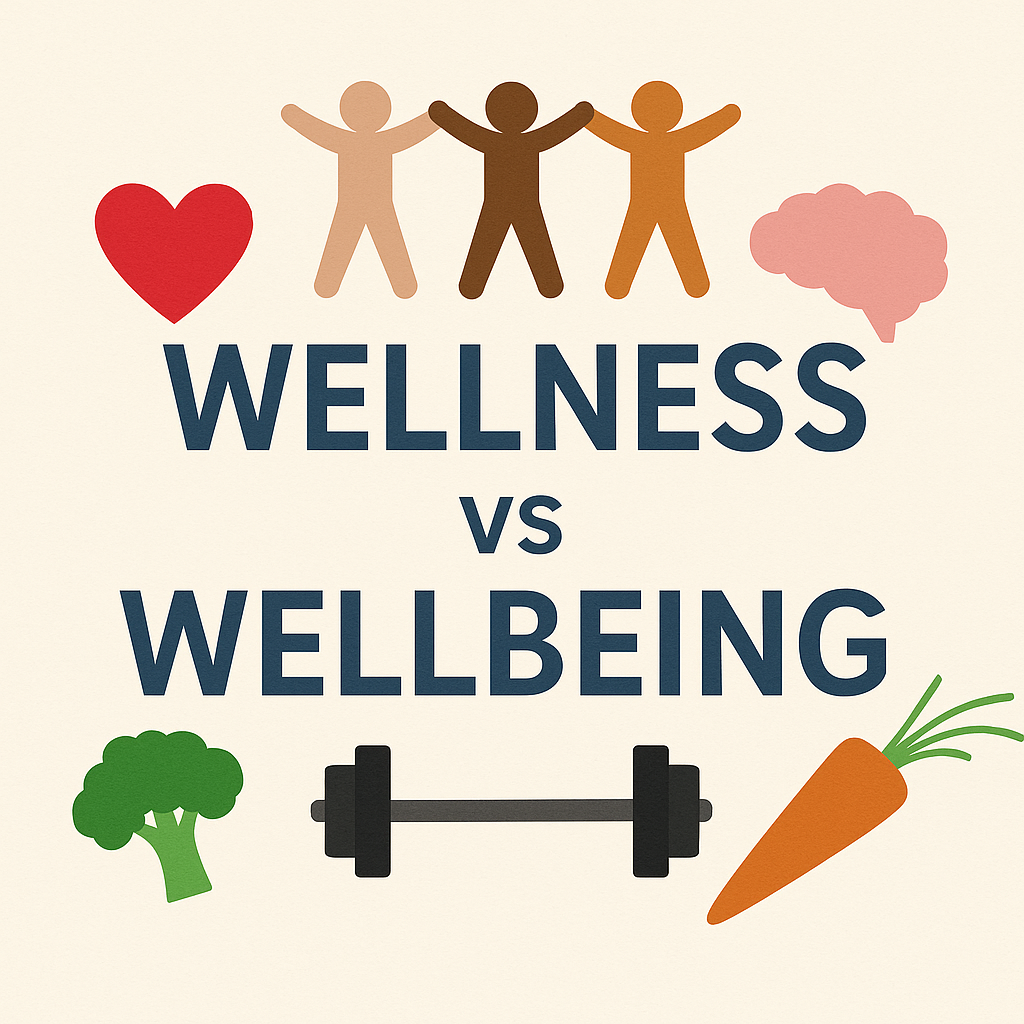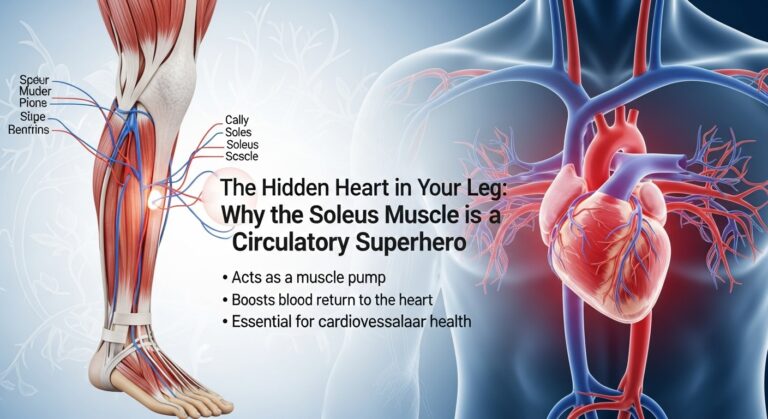Wellness vs Wellbeing: Where Balance Meets Vibrant Brilliance
“Wellness vs wellbeing? Wellness is the action; wellbeing is the outcome.”
If you’ve ever wondered why these terms are used interchangeably (but shouldn’t be), you’re not alone. As a health strategist, I’ll break down the critical differences—backed by science, semantics, and real-world application—so you can optimize both.
The Core Difference b/w Wellness vs Wellbeing
| Factor | Wellness | Wellbeing |
|---|---|---|
| Focus | Daily actions (exercise, diet) | Life satisfaction (purpose, joy) |
| Timeframe | Short-term habits | Long-term fulfillment |
| Measurement | Blood tests, fitness levels | Surveys (life satisfaction) |
| Example | Running 3x/week | Feeling fulfilled at work |

Why Most People Confuse Them
- “Is wellbeing part of wellness?” → No, it’s the reverse! Wellness habits contribute to wellbeing.
- “Can you have wellbeing without wellness?” → Rarely. Poor wellness habits erode wellbeing over time.
- Corporate culture slaps “wellness” on gym discounts, but true wellbeing requires deeper change.
- Social media reduces wellbeing to bubble baths (it’s actually 80% psychological resilience).
How to Master Both
- The 60/40 Rule → Spend 60% effort on wellness (sleep, nutrition), 40% on wellbeing (hobbies, relationships).
- Wellbeing Boosters →
- Gratitude journaling (proven to increase life satisfaction by 10% in 3 weeks)
- “Micro-connections” → 5-min daily chats with neighbors/colleagues.
- Wellness Non-Negotiables →
- Metabolic health: Walk after meals to balance blood sugar.
- Sleep hygiene: 18°C room temperature for optimal rest.
Myth-Busting
❌ “Wellbeing is just mental health.” → Actually, it includes financial, social, and environmental factors (WHO definition).
❌ *”Wellness requires 2-hour workouts.”* → Research shows 12-min daily exercise boosts longevity.
Case Study: Corporate Programs Fail Because…
Most focus only on wellness (step challenges) while ignoring wellbeing drivers like:
- Autonomy at work
- Fair compensation
- Psychological safety
(Source: Gallup 2023 report linking wellbeing to 21% higher profitability.)
Your Next Steps
- Audit Your Ratio → For one week, track time spent on wellness vs. wellbeing activities.
- Tweak One Lever → Example: Swap 30-min doomscrolling for a phone-free walk (boosts both!).
“Wellness plants seeds; wellbeing is the harvest.”
What is the difference between wellbeing and wellness?
“The major difference between Wellness and wellbeing is Wellness is the action; wellbeing is the outcome.”
What is the concept of wellness and wellbeing?
If you’ve ever wondered why these terms are used interchangeably (but shouldn’t be), you’re not alone. As a health strategist, I’ll break down the critical differences—backed by science, semantics, and real-world application—so you can optimize both.
“Is wellbeing part of wellness?” → No, it’s the reverse! Wellness habits contribute to wellbeing.
“Can you have wellbeing without wellness?” → Rarely. Poor wellness habits erode wellbeing over time.







